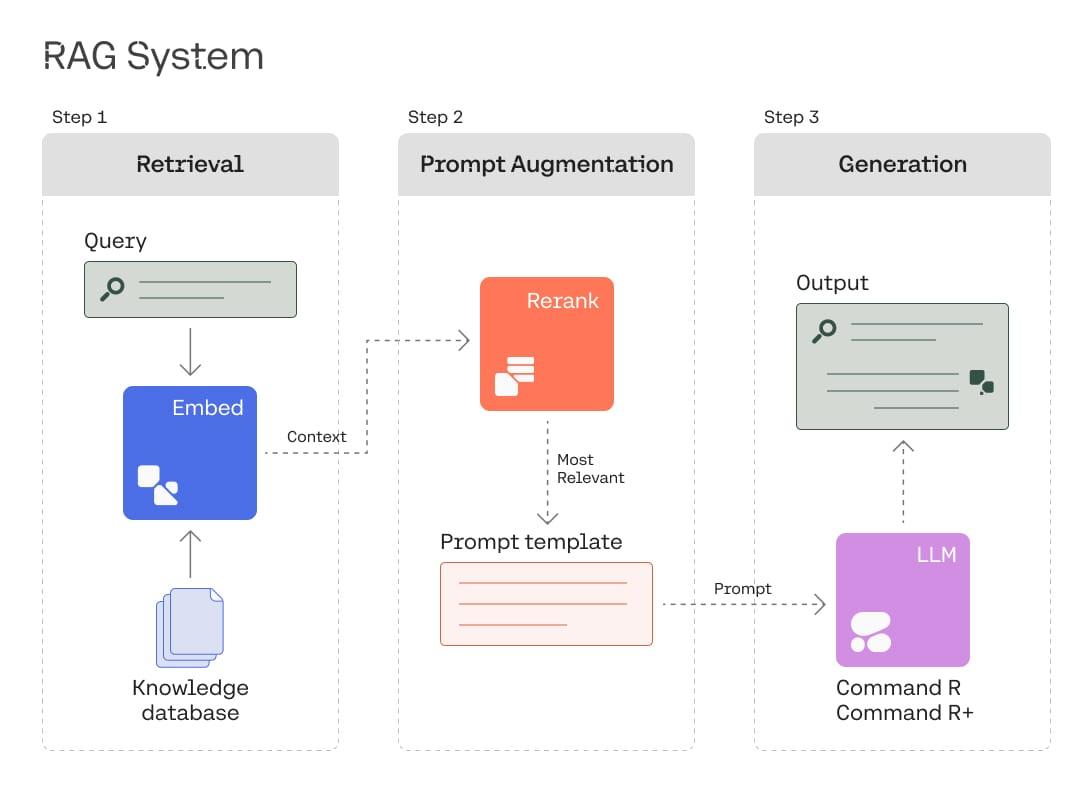AI has burst into the mainstream. But despite the hype, companies are still grappling with how best to understand this technology and tap its enormous potential. Jay Alammar of Cohere, a Radical Ventures portfolio company, is answering these questions. His new series explores the importance of Generative AI models, how to approach them, how to map their AI technology and value stack, and how to better harness their power to create new intelligent systems. This week we share the first article in the series helping readers understand: “What’s the big deal with Generative AI?”
Part 1 of “Generative AI is… Not Enough?”
It is almost impossible to ignore the astounding progress in artificial intelligence these days. From the new generation of generative chatbots, to the models that can generate (almost) any picture (or very soon, video), the pace of development in the AI field has been nothing short of phenomenal. […]
These developments have captured the popular imagination and businesses are struggling to determine how to use AI in their organizations. Businesses are rushing to build AI into their products, services, and processes, hoping to find their AI unicorn. Some of these businesses are struggling to determine how to use AI, while others are finding that the current AI landscape is complex and difficult to navigate.
In this series of articles, we explore the importance of these Generative AI models and discuss useful perspectives to view and deploy them. This first article introduces the current state of Generative AI, and outlines how we should approach it. In the next article, we map the AI technology and value stack to better understand where Generative AI fits in. Finally, we discuss how we can better harness its power to create a new generation of intelligent systems.
The summary above (created with Cohere’s text generation model with some human editing) is a great introduction to this series of articles that crystalizes a lot of what we learned over the last few years about Generative AI and how to think of its models, products, and industries.
Let’s jump right in!
In the first article in the series, we cover four points:
1- Recent AI developments are awe-inspiring and promise to change the world. But when?
2- Make a distinction between impressive, cherry-picked demos, and reliable use cases that are ready for the marketplace.
3- Think of models as components of intelligent systems, not minds.
4- Generative AI alone is only the tip of the iceberg.
Cohere enables any company to leverage the power of Large Language Models. Cohere provides enterprises, developers, and startup founders access to LLMs and NLP through easy-to-use API keys. The company has a heightened focus on strong data privacy protections, and responsibility. Cohere was founded in 2019 by Aidan Gomez, Ivan Zhang, and Nick Frosst, with Radical Ventures as its only founding investor.
AI News This Week
-
Tech leader Martin Kon wants you to give AI chatbots a chance (Macleans)
Martin Kon, the former CFO of YouTube who is now Cohere’s President and COO, urges people to give AI chatbots a chance. Based on his experience in the industry, Kon argues that AI chatbots could change how companies do business, especially when it comes to customer service. Chatbots powered by large language models reduce the number of customer support requests, make customer service more efficient and cost-effective, and help customers build better relationships with business through personalized and conversational experiences.
-
Synthetic data puts privacy at the heart of AI projects (The Globe and Mail)
An introductory article to synthetic data – a form of artificial data that is generated from real-world data but does not contain any real-world information about individuals. Synthetic data can be used to train AI models without compromising people’s privacy, as it does not contain any personally identifiable information. In most cases, researchers who use synthetic data validate their conclusions against real-world data.
-
Research: High-throughput microbial culturomics using automation and machine learning (Nature Biotechnology)
Microbiome research studies the microbial communities that live in and on our bodies and the roles they play in human health and disease. Pure bacterial cultures are essential for detailed experimental and mechanistic studies in this research. Traditional methods to isolate individual bacteria from complex microbial ecosystems are labour-intensive, difficult-to-scale and lack phenotype–genotype integration. Researchers are using machine learning that leverages colony morphology and genomic data to improve this process and facilitate better analysis of genomics data.
-
FRIDA’s robot arm attempts to bring DALL-E-style AI art to real-world canvases (TechCrunch)
Perhaps as much thought experiment as research, FRIDA’s Robot Arm (cheekily named after famous painter Frida Kahlo) paints unique pieces using AI algorithms. This CMU project is exploring ways to make the creative process more accessible, such as using a web-based interface and voice control. The researchers hope to inspire people to use AI in novel ways for the arts.
-
A new wave of conservationists are defending nature with tech (MaRS Discovery District)
From facial recognition for grizzly bears to images of walruses from space and decoding whale songs with machine learning, conservationists are leveraging new technologies to monitor vulnerable species with data-driven approaches. The newest conservation generation is also developing methods for engaging the public in conservation efforts using social media, live tracking and video to spread awareness.
Radical Reads is edited by Leah Morris (Senior Director, Velocity Program, Radical Ventures).





